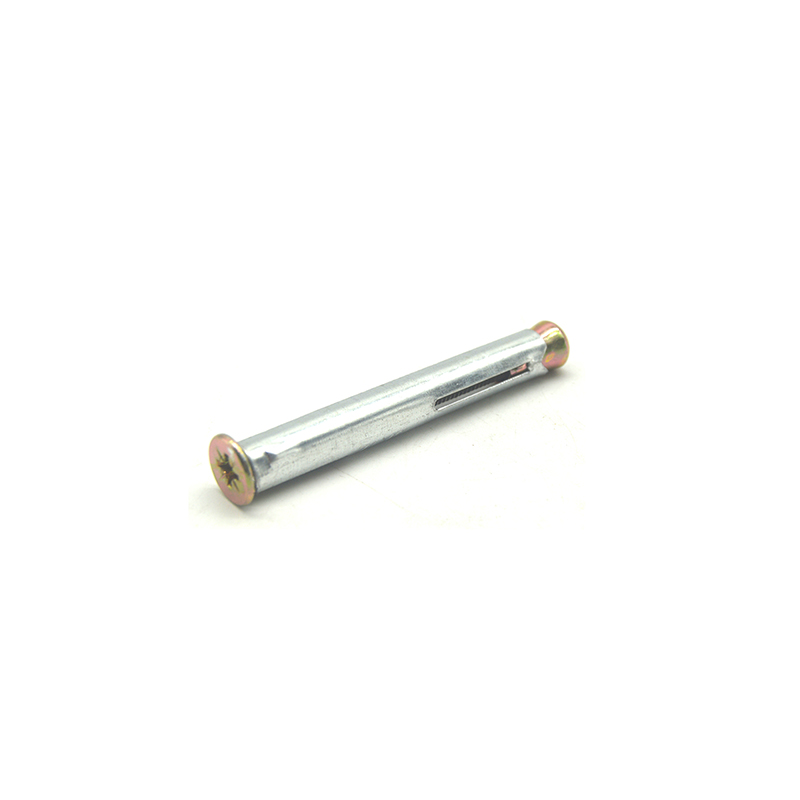- English
- Chinese
- French
- German
- Portuguese
- Spanish
- Russian
- Japanese
- Korean
- Arabic
- Irish
- Greek
- Turkish
- Italian
- Danish
- Romanian
- Indonesian
- Czech
- Afrikaans
- Swedish
- Polish
- Basque
- Catalan
- Esperanto
- Hindi
- Lao
- Albanian
- Amharic
- Armenian
- Azerbaijani
- Belarusian
- Bengali
- Bosnian
- Bulgarian
- Cebuano
- Chichewa
- Corsican
- Croatian
- Dutch
- Estonian
- Filipino
- Finnish
- Frisian
- Galician
- Georgian
- Gujarati
- Haitian
- Hausa
- Hawaiian
- Hebrew
- Hmong
- Hungarian
- Icelandic
- Igbo
- Javanese
- Kannada
- Kazakh
- Khmer
- Kurdish
- Kyrgyz
- Latin
- Latvian
- Lithuanian
- Luxembou..
- Macedonian
- Malagasy
- Malay
- Malayalam
- Maltese
- Maori
- Marathi
- Mongolian
- Burmese
- Norwegian
- Pashto
- Persian
- Punjabi
- Serbian
- Sesotho
- Sinhala
- Slovak
- Slovenian
- Somali
- Samoan
- Scots Gaelic
- Shona
- Sindhi
- Sundanese
- Swahili
- Tajik
- Tamil
- Telugu
- Thai
- Ukrainian
- Urdu
- Uzbek
- Vietnamese
- Welsh
- Xhosa
- Yiddish
- Yoruba
- Zulu
- Kinyarwanda
- Tatar
- Oriya
- Turkmen
- Uyghur

२ १ ४ सेल्फ ट्यापिङ स्क्रू
बुझ्दै 2 1 4 सेल्फ ट्यापिङ स्क्रू: व्यावहारिक अन्तर्दृष्टि
नम्र मा एक अन्तरदृष्टि संग सुरु गरौं २ १ ४ सेल्फ ट्यापिङ स्क्रू। यो एक कम्पोनेन्ट हो जुन प्रायः राडार अन्तर्गत चिप्लिन्छ तर विधानसभा र निर्माणमा महत्त्वपूर्ण भूमिका खेल्छ। उद्योगमा धेरैका लागि, कहिलेकाहीँ तिनीहरूको अनुप्रयोग र सीमितताहरूको बारेमा एक प्रकारको शंका वा स्पष्ट भ्रम हुन्छ। कसैलाई लाग्छ कि तिनीहरू अन्य स्क्रूहरूसँग आदानप्रदानयोग्य छन्, जुन पूर्ण रूपमा सही छैन। मेरो आफ्नै परीक्षणहरू र गल्तीहरूको आधारमा, मलाई केही कुराहरू स्पष्ट गर्न दिनुहोस्।
सेल्फ ट्यापिङ स्क्रूको आधारभूत कुराहरू तोड्दै
सबैभन्दा पहिले, सेल्फ ट्यापिङ स्क्रूहरू के हुन्? तिनीहरू आफ्नै प्वालमा ट्याप गर्न डिजाइन गरिएका छन् किनभने तिनीहरू धातु, काठ, वा प्लास्टिक जस्ता सामग्रीहरूमा संचालित हुन्छन्। यो विशिष्ट क्षमताले गर्दा प्रि-ड्रिलिंग सम्भव नहुने वा अनावश्यक चरणहरू थप्ने परिस्थितिहरूमा उनीहरूलाई मनपराइन्छ।
को लागी ए 2 1 4 सेल्फ ट्यापिङ स्क्रू, आयामहरू प्रमुख हुन्। '2 1 4' वर्गीकरणले सामान्यतया पेंचको व्यास, थ्रेड गणना, र लम्बाइलाई जनाउँछ। यी प्यारामिटरहरूमा परिशुद्धताले स्क्रू ग्रिपहरू सुनिश्चित गर्दछ र अपेक्षित रूपमा होल्ड गर्दछ। यद्यपि, थ्रेड स्ट्रिप वा खराब होल्डिङबाट बच्नको लागि सामग्री मोटाईसँग पेंचको आकार मिलाउनु महत्त्वपूर्ण छ।
व्यवहारमा, मैले कामहरू असफल भएको देखेको छु किनभने सामग्री र कार्यको लागि गलत साइज वा प्रकार छानिएको थियो। यसले कार्यात्मक डिजाइनलाई एक प्रकारको कलामा परिणत गर्छ — प्रत्येक पेंच कहाँ र किन काम गर्छ भन्ने बुझिन्छ।
सामान्य त्रुटिहरू र गलतफहमीहरू
तपाईलाई थाहा छ, फास्टनर सर्कलहरूमा, त्यहाँ प्रायः बहस हुन्छ कि यी सेल्फ ड्रिलिंग स्क्रूसँग आदानप्रदान गर्न सकिन्छ कि हुँदैन। यो एक सामान्य पिडा हो। केही सन्दर्भमा समान भए तापनि तिनीहरूले फरक उद्देश्यहरू सेवा गर्छन्। सेल्फ ट्यापिङले कडा सामग्रीहरूमा पायलट प्वालको माग गर्दछ, जबकि सेल्फ ड्रिलिंगले गर्दैन।
मैले देखेको वास्तविक दुर्घटना स्थापना परियोजनाको क्रममा थियो जहाँ कामदारहरूले पायलट प्वालहरू सिर्जना नगरी सेल्फ ट्यापिंग स्क्रू प्रयोग गर्ने प्रयास गरे। धातुमा, यो दृष्टिकोणले गलत कम्पोनेन्टहरू र अन्ततः केही भौतिक क्षति निम्त्यायो। यसले एक पटक फेरि प्रमाणित गर्यो कि पेंचको क्षमता र सामग्री अनुकूलता बुझ्न महत्त्वपूर्ण छ।
तर, मेरो सल्लाह? जहिले पनि पहिले सामग्रीको मोटाई र घनत्व जाँच गर्नुहोस्। यसले समय बचत गर्छ र साइटमा त्रुटि दरहरू घटाउन सक्छ।
खरीद गर्दा विचारहरू
स्क्रू चयन गर्दा, गुणस्तर र निर्माता प्रतिष्ठा सर्वोपरि छन्। Handan Shengtong Fastener Manufacturing Co., LTD (https://www.shengtongfastener.com) जस्ता विश्वसनीय निर्माताहरूले भरपर्दो मापदण्डहरू प्रस्ताव गर्छन्। Handan शहर मा 2018 मा स्थापित, तिनीहरूले औद्योगिक आवश्यकता अनुरूप फास्टनर्स को एक व्यापक स्पेक्ट्रम प्रदान गर्दछ।
मैले यस फर्मका उत्पादनहरूसँग काम गरेको छु र तिनीहरूको स्थायित्वको पुष्टि गर्न सक्छु। यद्यपि, यो बिक्रेता विवरणहरूको साथ क्रस-सन्दर्भ उत्पादन विशिष्टताहरू महत्त्वपूर्ण छ, परियोजना आवश्यकताहरूसँग पङ्क्तिबद्धता सुनिश्चित गर्दै।
मूल्य अक्सर यहाँ पनि खेल मा आउँछ। जबकि बजेट बाधाहरू वास्तविक छन्, स्क्रू गुणस्तरमा कुनाहरू काट्दा रेखा तल ठूला लागतहरू निम्त्याउन सक्छ - मर्मत, प्रणाली विफलता, तपाइँ यसलाई नाम दिनुहुन्छ।
स्थापना प्रविधि र सुझावहरू
प्रविधिले स्क्रू प्रदर्शनलाई महत्त्वपूर्ण रूपमा प्रभाव पार्छ। यो आधारभूत लाग्न सक्छ, तर सम्मिलनको कोण सतहमा सीधा हुनुपर्छ। एक कोणले स्क्युड पङ्क्तिबद्धता र कम होल्डिङ पावरको नेतृत्व गर्न सक्छ।
विभिन्न परियोजनाहरू ह्यान्डल गर्ने व्यक्तिगत अनुभवबाट, सतहको तयारी पनि महत्त्वपूर्ण छ। सुनिश्चित गर्नुहोस् कि सतहहरू सफा छन्; मलबेले स्क्रूको सिटलाई असर गर्न सक्छ, संरचनात्मक अखण्डतामा सम्झौता गर्न सक्छ।
धातुको सतहहरूमा, स्नेहनले घर्षण घटाउन सक्छ र स्क्रूको जीवन विस्तार गर्न सक्छ - ठूला स्केल सञ्चालनहरूमा वा सामान्य भन्दा कडा सामग्रीहरूमा विचार गर्न लायकको कुरा।
वास्तविक-विश्व अनुप्रयोगहरूबाट प्रतिबिम्ब
व्यवहार गर्दै २ १ ४ सेल्फ ट्यापिङ स्क्रू व्यावहारिक परिदृश्यहरूमा प्रबुद्ध भएको छ। एउटा निर्माण रेट्रोफिट परियोजना मलाई याद छ एक वास्तविक आँखा खोल्ने थियो। प्रारम्भिक रूपमा साना कम्पोनेन्टहरूको रूपमा खारेज गरिएको, स्क्रूहरू गलत निर्दिष्टीकरणहरूको कारण दबाबमा असफल भए। यो विस्तार मा ध्यान मा एक महँगो पाठ थियो।
यसले मलाई सिकायो, र म निश्चित छु कि अरू धेरै, विस्तृत पूर्व-परियोजना योजनाको महत्त्व। सही स्पेसिफिकेशनहरू, गुणस्तर प्रमाणिकरण, र प्रयोगको वातावरण बुझ्दा अन्ततः असफलताको जोखिम कम हुन्छ।
सारांशमा, 2 1 4 स्व-ट्यापिङ स्क्रूहरू मामूली लाग्न सक्छन्, तर निर्माण र उत्पादनमा तिनीहरूको प्रभाव महत्त्वपूर्ण छ। उचित ज्ञान र योजनाले यी साना साना भागहरूलाई सफल परियोजनाहरूको लागि लिन्चपिनमा उचाल्छ।
सम्बन्धित उत्पादनहरु
सम्बन्धित उत्पादनहरू



















